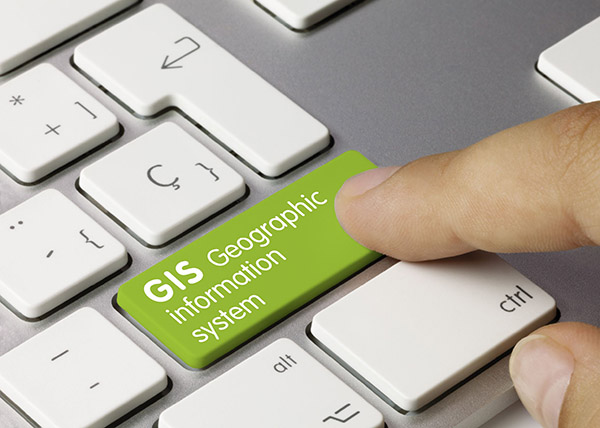We all rely on location-based data to make critical directional and multi-directional decisions. Whether this movement is upward or downward, mental or physical, spatial data continues to change how we live. We need spatial data for travel directions, infrastructural management, and solving the growing global environmental concerns.
Like all forms of data, spatial data requires proper management for effective use. Otherwise, it’d be difficult to understand how locations work, how logistics drive sales, how brands make money, and how global infrastructure can be innovated. By following tips and practices in this article, approved GIS specialists, such as RapidMap, can get a lot done with spatial data management.
Spatial Data, Analysis, and Management
Spatial data is any data that influences geographical decisions, whether location-based or object-based. The set of techniques used to assess spatial data is known as spatial analysis or geographic analysis. The acquisition of spatial data and its storage for eventual use is spatial data management.
An example that best captures what each of these spatial terms means is the remarkable discovery of John Snow during London’s cholera outbreak in 1854. Snow developed what’s known as a cholera map to analyze the outbreak of cholera in London’s Soho.
At the time, people believed cholera to be airborne. However, Snow had a different hypothesis. To put his theory to test, he gathered spatial data using a geographical grid to chart deaths. He used dot maps as a spatial management tool and assessed the patterns of death by tracing homes on a city map.
Snow’s data visualization provided an effective spatial analysis blueprint that showed a positive relationship between cholera and homes with access to water pumps. This finding corroborated Snow’s theory about cholera being water-borne instead of airborne and led to the eventual closedown of the pump.
Snow’s discovery led to questions about spatial data and its effective management. To answer these questions, GIS specialists deploy several methods and practices towards the efficiency of spatial data management.
Practices For Spatial Data Management
Inefficient data resulting from poor management means spatial data does not generate the needed insight for innovation. The best way to attend to such inefficiency is to follow proven methods and practices that help with data management. Some of these methods include:
- Data Automation
Data automation saves time, lowers operating costs, and increases data efficiency. Rather than spend hours gathering and categorizing spatial data, automation does the job automatically. That way, more time is shifted to more pressing data needs for efficient data management.
- Data Security
Increasing cyber-attacks mean businesses must prioritize data security for efficient spatial data management. Spatial data is a primary target for hackers due to the massive benefits it holds, especially regarding military mapping. But it can be secured through security measures such as data encryption, firewall, controlled access to data management, and data backup.
- Data Accessibility
Data accessibility is the legal process of accessing and retrieving stored data from databases without issues. Improved data accessibility means spatial data can be gathered, classified, and trained within a short period of time. Therefore, businesses should improve access to spatial data for efficient management.
- Management Software
The type of management software used for data storage influences its efficiency. High-quality tools simplify the processes of spatial data management, including the collection, evaluation, and security of spatial data. The simple yet effective features of quality management software lead to data management efficiency.
- Global Data Regulation
Businesses have more access to spatial data now than in the past. What they do with this big data has been a worrying case. To avoid fines, data management should comply with global data regulations. These regulations and rules cater to data privacy and security for efficient and transparent data management.
- Proper Documentation
It’s impossible to overlook documentation when talking about data management best practices. Although most documentations today are cloud-based, it’s best to create multi-level documentation that provides context to how spatial data exists and can be applied across several projects.
- Data Governance
Spatial data can get vast and unmanageable. However, with effective data governance, the process can be simplified before it gets overwhelming. Data governance suggests the policies and procedures put in place to attend to the volume of data. These policies check questions surrounding accessibility and security for efficient management.
Last Word
Spatial data is required for improved object and location-based decisions. It’s particularly needed to understand brand management, improved public infrastructure, and smart road networks. But spatial data cannot be utilized unless it’s properly managed. Efficient spatial data management improves data quality.






